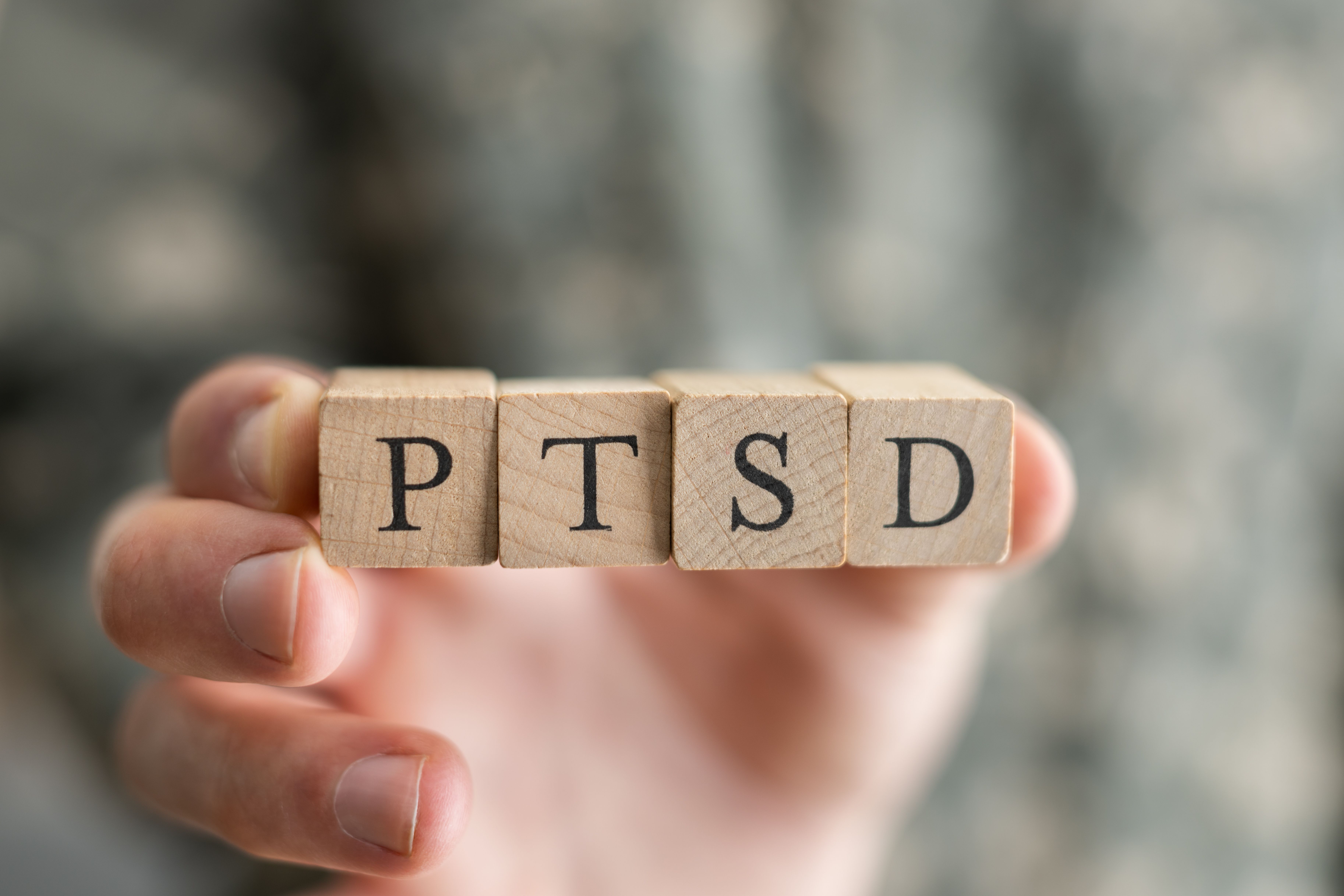Understanding the Neurobiology of PTSD
How can we more effectively help patients with PTSD? Charles B. Nemeroff discusses the diagnosis, epidemiology, and pathophysiology of PTSD, along with current and emerging treatments, at the 2022 APA Annual Meeting.
Andrey Popov_AdobeStock

CONFERENCE REPORTER
“I think until we really understand the underlying neurobiology of PTSD, we’re stuck with a situation where the patient gets better, but they don’t get well.”
Charles B. Nemeroff, MD, PhD, Matthew P. Nemeroff Endowed Chair and professor in the University of Texas at Austin (UT Austin) Dell Medical School Department of Psychiatry & Behavioral Sciences, discussed the neurobiology of posttraumatic stress disorder (PTSD) at the 2022 American Psychiatric AssociationAnnual Meeting. In the session—moderated by Edmond Hsin T. Pi, MD—Nemeroff described the diagnosis, epidemiology, and pathophysiology of PTSD, along with notable risk factors and some current and emerging treatments for PTSD.
According to Nemeroff—who is also director of the Institute for Early Life Adversity Research and co-director of the Center for Psychedelic Research & Therapy at UT Austin Dell Medical School—PTSD is the only diagnosis in DSM-5 that is dependent on an external event, and the traditional view is that most individuals who develop PTSD eventually recover from it. However, there are several preexisting conditions and risk/vulnerability factors for PTSD that play a role in its development and course, including female sex; childhood or adolescent trauma exposure; family or personal history of anxiety or mood disorder; stressful life events in the prior and following year; and either panicked reactions (eg, shaking, sweating) or dissociative reactions (eg, tunnel vision, slow motion) at the time of the trauma.
Nemeroff also cited several pathophysiology studies using PTSD as the prototype gene X environment interaction disease, with a special focus on candidate genes such as FKBP5 and CRHR1, which have been shown to be predictive of PTSD development. These, along with preexisting conditions and risk/vulnerability factors for PTSD, are important because “psychiatry needs to focus on identifying people who are at risk for psychiatric disorders and intervening before the breaking point (the first psychotic episode, etc),” he stated.
Nemeroff discussed multiple options for psychosocial and pharmacological PTSD treatments, all with the general goals of reducing core symptoms, improving function and quality of life, strengthening resilience, relieving comorbid disorders, preventing relapse, and providing rehabilitation. For psychosocial treatments, he discussed exposure therapy, anxiety management, desensitization, hypnotherapy, and cognitive behavioral therapy (CBT). He added that CBT is a particularly notable psychosocial treatment, stating that “There’s no doubt that either a cognitive processing therapy or trauma-focused CBT should be a component of the treatment.”
In terms of pharmacological PTSD treatments, Nemeroff cautioned that “PTSD takes much longer to respond to medication than depression. You have to stick with it.” He did, however, discuss the efficacy of selective serotonin reuptake inhibitors (SSRIs) sertraline (Zoloft) and paroxetine (Paxil)—the only 2 drugs approved by the US Food and Drug Administration (FDA) for the treatment of PTSD—as well as 3,4-methyledioxymethamphetamine (MDMA)-assisted therapy. Recent research has highlighted the potential of MDMA-assisted therapy as a potential breakthrough treatment for PTSD. “This is the most exciting finding in the PTSD world,” Nemeroff stated. “I believe there will be a role for MDMA in the treatment of PTSD.”
